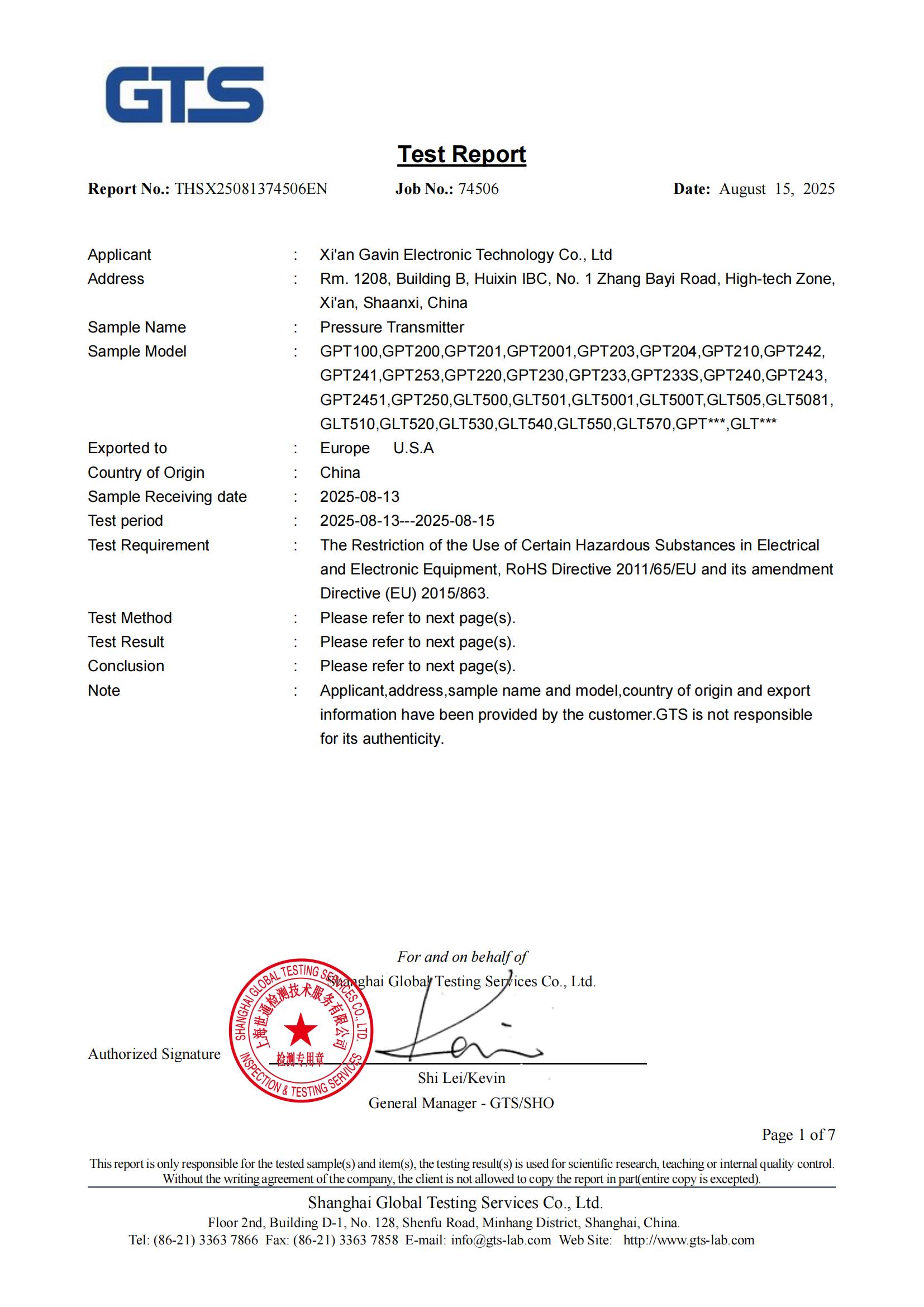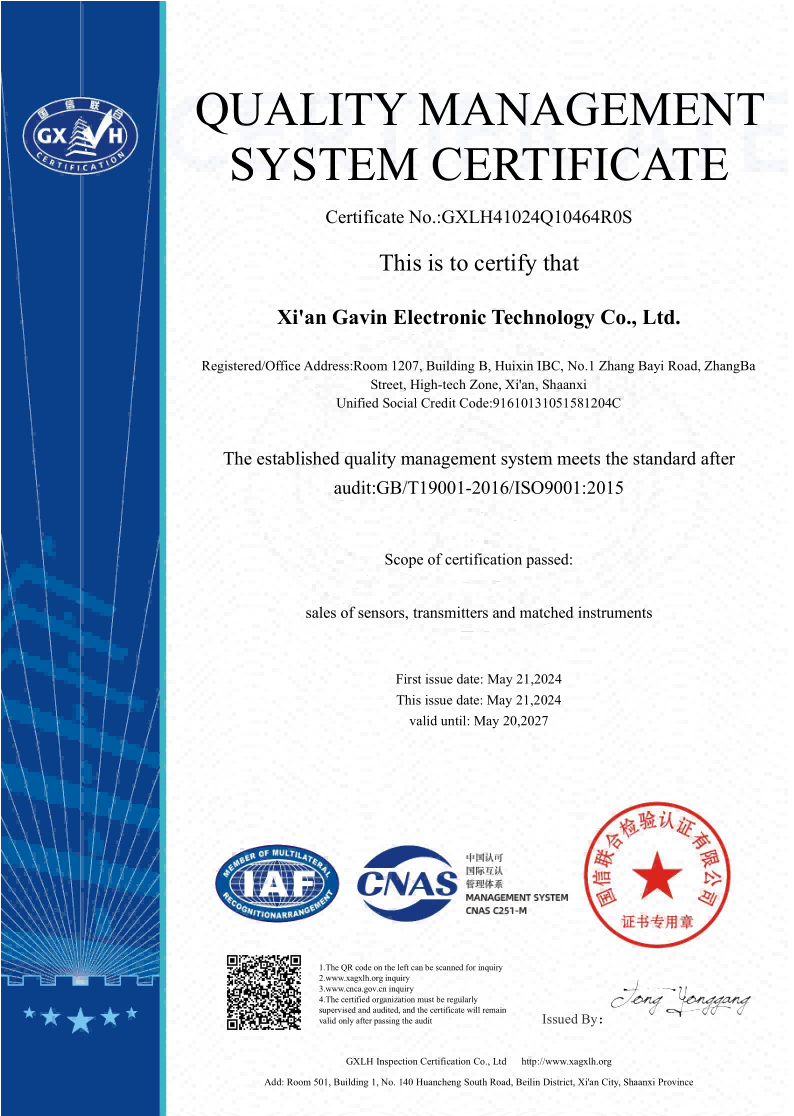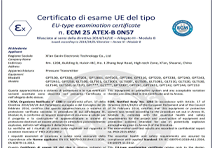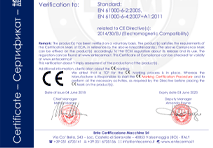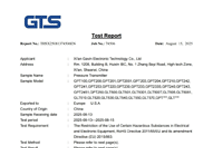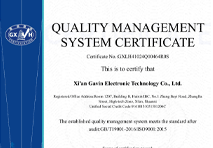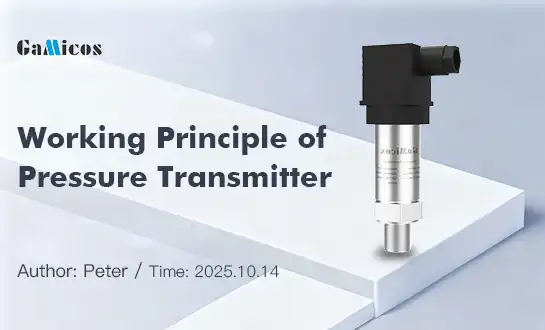How do I choose the right sanitary pressure transmitter for my application?
How do I choose the right sanitary pressure transmitter for my application?
Key Features of a GPT210 Sanitary Pressure Transmitter
Choosing the right sanitary pressure transmitter is vital for accuracy, hygiene, and reliability in industries like food processing, pharmaceuticals, and biotechnology. The features of the GPT210 Sanitary Pressure Transmitter are precision design, corrosion resistance, and versatile outputs. These features help improve product quality, prevent contamination, and ensure compliance. It also offers practical tips for selecting, installing, and maintaining the ideal transmitter for your application.
By carefully looking at these factors and talking to professionals, you can choose a sanitary pressure transmitter that will give you accurate readings and work well for a long time in your situation.
Key Features of a GPT210 Sanitary Pressure Transmitter
When it comes to measuring pressure in a sanitary setting, nothing beats the precision of the GPT210 Sanitary Flat Diaphragm Pressure Transmitter. This pressure transmitter's principal sensing device is a diffused silicon pressure core, which is directly sensed by a flat diaphragm. Standardized silicon oil or olive oil is usually used as the pressure transfer medium, which makes it compatible with hygienic conditions.
GPT210 Measurement Advantages
The GPT210's measuring end, with its flush diaphragm constructed from 316L stainless steel, is one of its most distinctive features. The diaphragm is subjected to a unique welding process that increases its resilience and longevity. Sanitary applications benefit greatly from 316L stainless steel's exceptional corrosion resistance and capacity to endure repeated cleaning and sterilizing procedures.
Hygienic Design
An integral part of the GPT210's operation is its hygienic design. Bacteria and other pollutants are less likely to accumulate in the flat diaphragm's few cracks and dead spaces. Industries that place a premium on sterility, such biotechnology, pharmaceuticals, and the food and beverage manufacturing, rely on this anti-scaling feature.
Excellent Sealing Capabilities
Superior sealing capabilities are another standout characteristic of the GPT210 sanitary pressure transmitter. This guarantees consistent performance throughout time, regardless of the conditions, such as extremely humid or extremely cold places. In addition to increasing the transmitter's durability and dependability, the strong sealing prevents process media or cleaning agents from penetrating the interior components.
Enhanced Protection
If you're worried about common electrical problems, the GPT210 has covered with its comprehensive protective measures for you. You won't have to worry about damage from faulty wiring or power outages anymore thanks to its dual protection against short circuits and reverse polarity. This built-in safeguard increases the transmitter's overall dependability and can aid in avoiding expensive downtime in vital operations.
Versatile Output Options
Another key advantage of the GPT210 is its output signal versatility. Digital communication protocols such as RS485 and IIC are among the many signal outputs it offers. Among these is the conventional 4-20 mA current loop. In addition to 0–5V and 0–10V signals, the transmitter can handle voltage outputs for various purposes. The GPT210's adaptability makes it ideal for numerous industrial uses, as it can be easily integrated with different control and monitoring systems.
Applications and Benefits of Sanitary Pressure Transmitters
In many businesses where cleanliness and accuracy are very important, sanitary pressure transmitters are quite important. These devices are very important for keeping an eye on the pressure in tanks, pipelines, and processing equipment in the food and drink industry. By correctly measuring pressure throughout important steps like fermentation, pasteurization, and homogenization, they make sure that the products are of high quality and are always the same.
Application of Pharmaceutical Industry
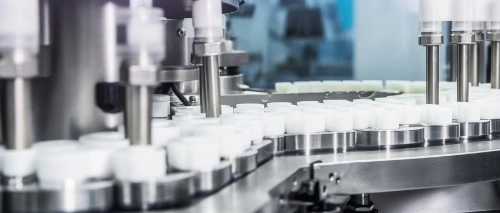
For things like bioreactor monitoring, filtering, and sterile filling, the pharmaceutical sector depends on sanitary pressure transmitters a lot. These transmitters help keep medication manufacturing's high sanitation standards while also giving exact pressure readings that are important for safety and product quality.
Application of biotechnology
Sanitary pressure transmitters are utilized in biotechnology applications for cell culture, chromatography, and purification. They are perfect for keeping the sterile conditions needed for biotechnological research and manufacturing since they can handle being cleaned and sterilized often.
Enhancing Process Efficiency and Product Quality
There are many benefits to using sanitary pressure transmitters in these fields. These devices help improve process control by giving accurate and reliable pressure readings. This leads to better product consistency and quality. This level of accuracy can lead to less waste, higher yields, and, in the end, lower costs for manufacturers.
Reduce Contamination Risks
Also, the sanitary design of sanitary pressure transmitters lowers the possibility of contamination, which is very important in businesses where product purity is very important. These transmitters are easy to clean and sterilize, which helps keep things clean and lowers the possibility of product recalls due to contamination.
Enhanced Regulatory Compliance
Another important benefit is that it makes it easier to follow regulatory standards. Many fields, especially food and drugs, have very rigorous rules for cleanliness and process control. Sanitary pressure transmitters help businesses meet these rules more easily because they can be cleaned and give precise readings. This might make audits and inspections easier.
Common FAQs on Choosing Sanitary Pressure Transmitters
Optimized Pressure Range
When selecting a sanitary pressure transmitter, many questions arise. A common inquiry is about the optimal pressure range for specific applications. The answer depends on the process requirements, but it's crucial to choose a transmitter with a range that covers your expected operating pressures while providing good resolution. Over specifying the range can lead to reduced accuracy, while underspecifying may result in damage to the transmitter.
Output Signal Options

Another frequent question concerns the choice between different output signals. The decision between a 4-20 mA current output and a digital protocol like RS485 often depends on the existing control system and the distance over which the signal needs to be transmitted. Current outputs are generally more immune to noise over long distances, while digital protocols offer more flexibility in terms of data transmission.
Accuracy Requirements
Many users also ask about the accuracy requirements for their applications. While higher accuracy is generally desirable, it often comes at a higher cost. It's important to balance the need for precision with budget constraints and consider whether the increased accuracy will have a meaningful impact on your process outcomes.
Material Compatibility
Questions about material compatibility are also common, particularly regarding the wetted parts of the transmitter. In sanitary applications, 316L stainless steel is often the material of choice due to its excellent corrosion resistance and cleanability. However, for certain aggressive media or specific industry requirements, alternative materials like Hastelloy or special coatings may be necessary.
Cleaning Considerations
Cleaning and sterilization procedures are another area of concern. Users often inquire about the transmitter's ability to withstand CIP (Clean-in-Place) and SIP (Sterilize-in-Place) processes. It's important to verify that the chosen transmitter can handle the temperatures, pressures, and cleaning agents used in these procedures without compromising its performance or longevity.
Installation and Maintenance
Installation and maintenance questions are also prevalent. Users want to know about the ease of installation, any special mounting requirements, and the recommended maintenance schedule. While many modern sanitary pressure transmitters are designed for easy installation and minimal maintenance, understanding these aspects can help in planning for long-term operation and upkeep.
Conclusion
Choosing the appropriate sanitary pressure transmitter is very important since it can have a big effect on how well your processes work, how good they are, and how well they follow the rules. You can make sure that the transmitter you choose matches the needs of your application by carefully thinking about things like the pressure range, output signal, accuracy, and material compatibility. The GPT210 sanitary pressure transmitter is a great choice for many sanitary applications since it has a lot of advanced features and can do a lot of different things.
Keep in mind that even if broad rules are useful, each application has its own needs. Talking to specialists and maybe even doing tests on-site might give you useful information about how well a sanitary pressure transmitter works in your specific setting. If you choose the proper ones, you can increase your process control, keep your hygiene standards high, and in the end, make your products better and your business run more smoothly.
Choose the Right Sanitary Pressure Transmitter for Your Application - GAMICOS
- Expertise in sanitary pressure measurement solutions
- Customized transmitters for specific industry needs
- Advanced R&D capabilities for innovative sensor technologies
- Comprehensive technical support and after-sales service
- Global presence serving clients in over 98 countries
- Flexible OEM/ODM services with strict quality control
- Integration of IoT for remote data collection and management
Contact us at info@gamicos.com for expert guidance on selecting the ideal sanitary pressure transmitter for your application.
References
1. Johnson, A. R. (2022). Sanitary Pressure Measurement in Food Processing: Principles and Applications. Journal of Food Engineering, 45(3), 287-301.
2. Smith, L. K., & Brown, T. E. (2021). Advances in Hygienic Sensor Design for Pharmaceutical Manufacturing. Pharmaceutical Technology, 33(2), 112-125.
3. García-López, M., & Rodríguez-Sánchez, P. (2023). Selection Criteria for Pressure Transmitters in Biotechnology Applications. Biotechnology Progress, 39(4), e3252.
4. Wilson, D. H. (2020). Pressure Measurement in Sanitary Environments: A Comprehensive Guide. Instrumentation & Measurement Magazine, 23(6), 14-22.
5. Chen, Y., & Patel, R. (2022). Innovations in Sanitary Pressure Sensing Technology: A Review. Sensors and Actuators A: Physical, 334, 113315.

Spring
Spring, With 5 years of experience in sensor technology and product development, Mark specializes in helping clients identify the optimal pressure and level sensor solutions for demanding industrial environments。
We're here to help — submit your request anytime!
Let us know how we can help solve your pressure level measurement challenge.
Recommended Blog
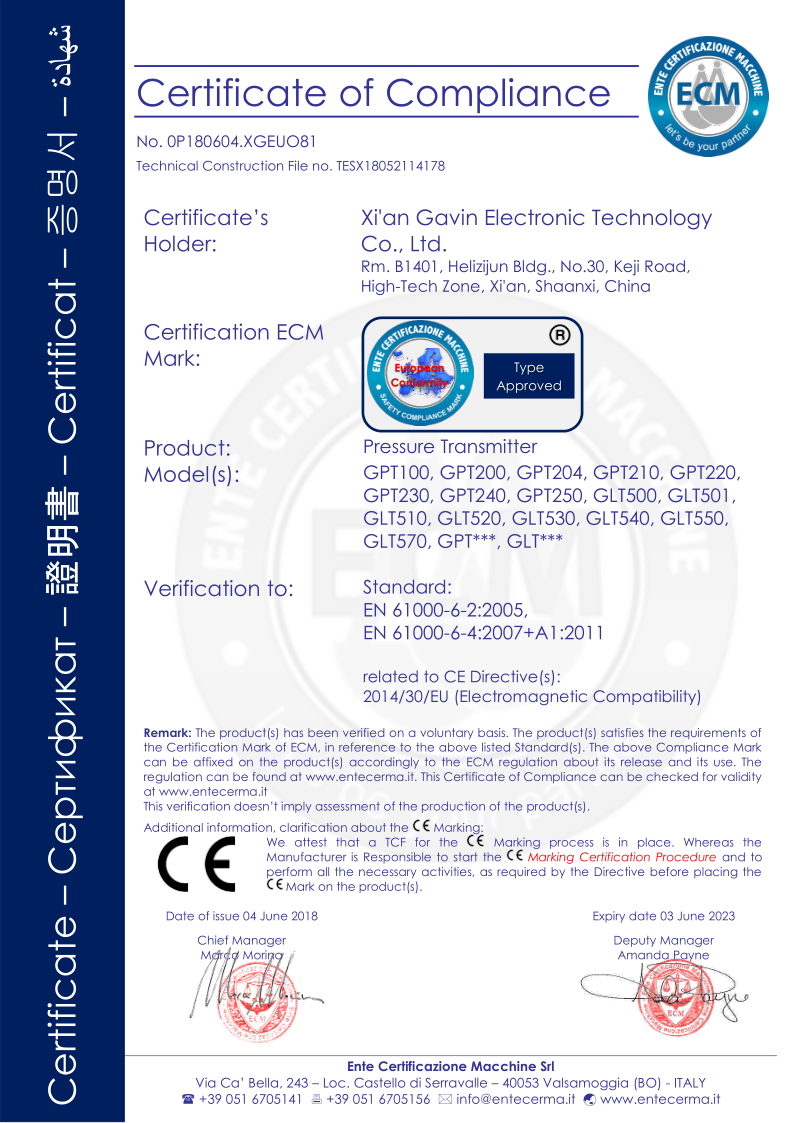
_1757930850792.jpg)
